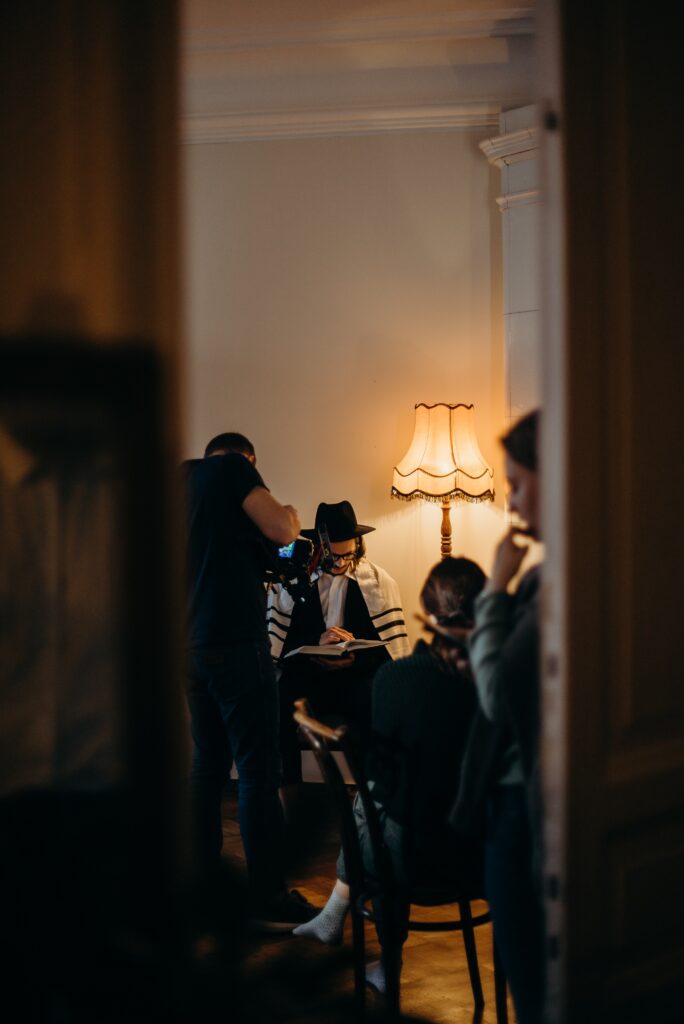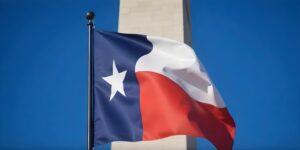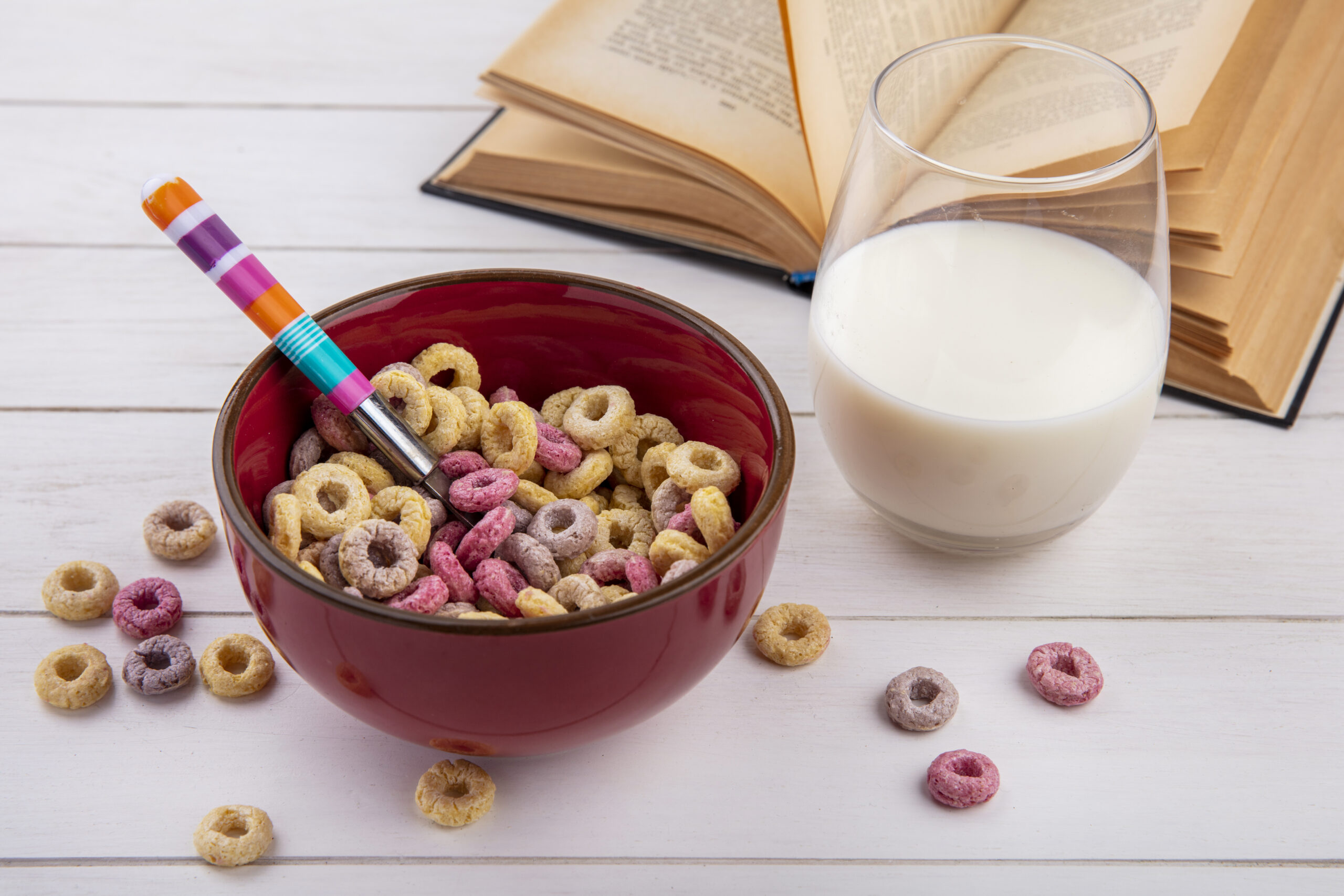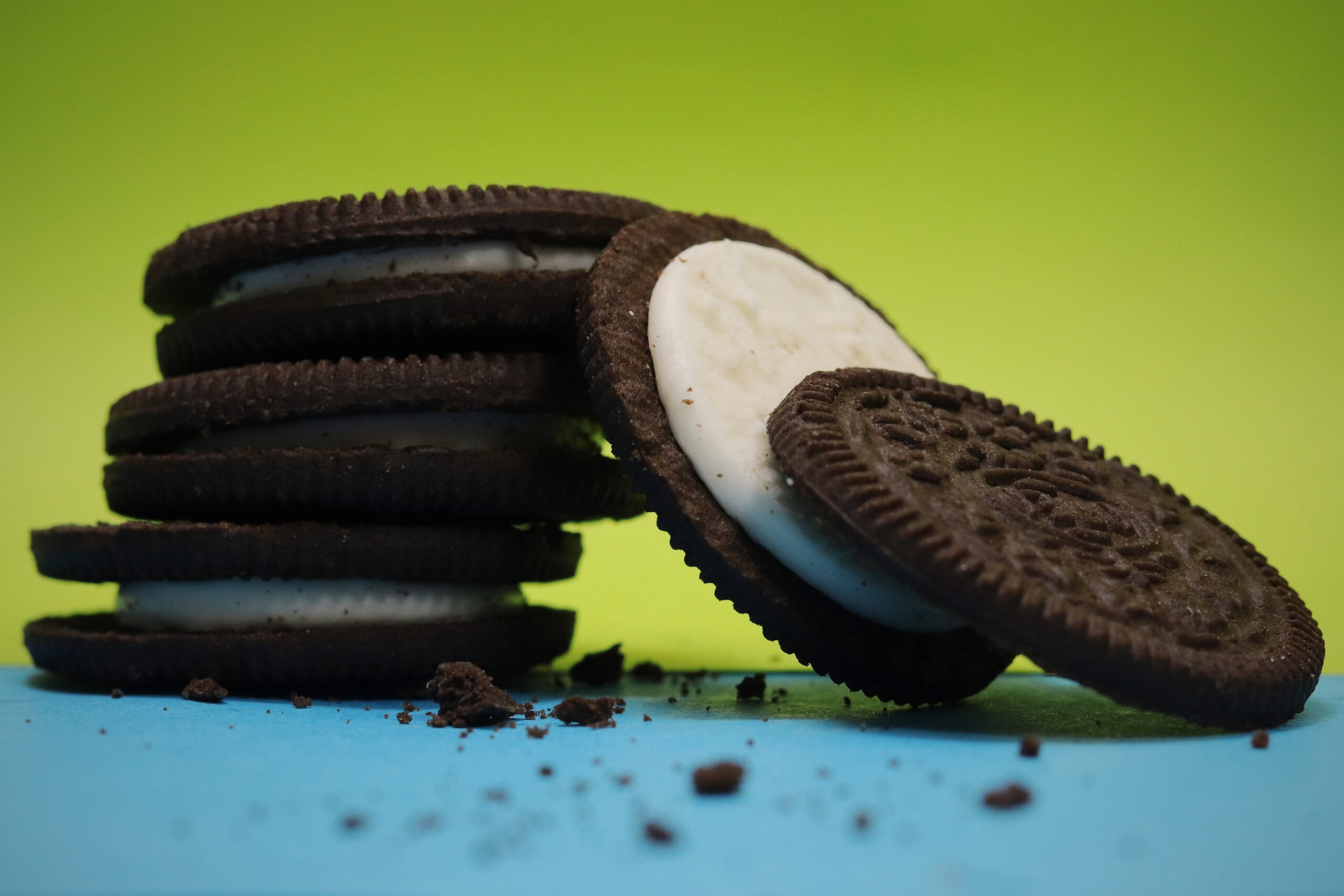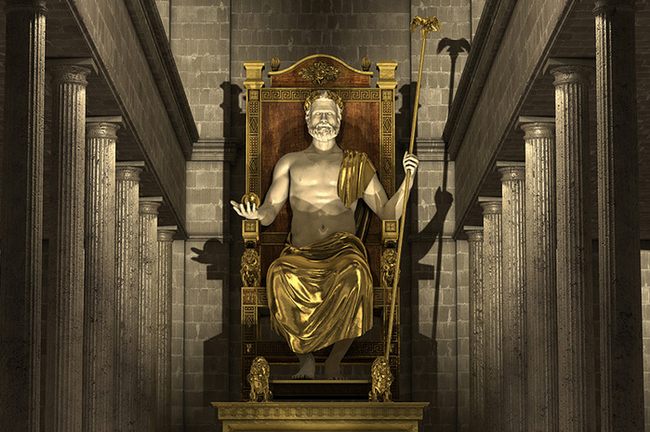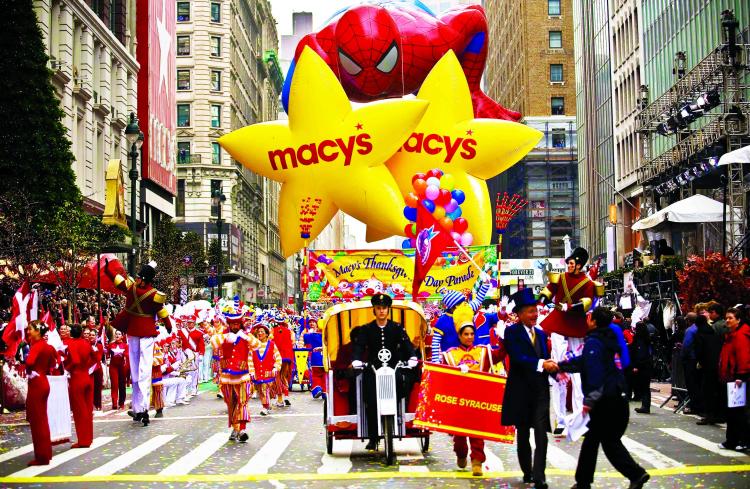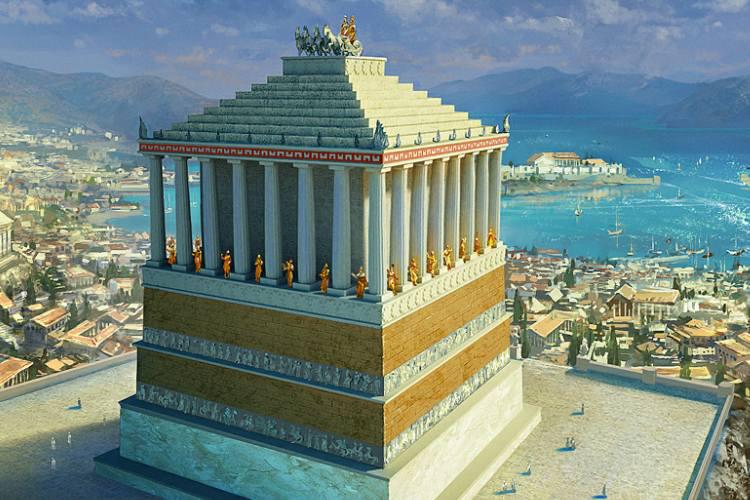The Jewish holiday of Yom Kippur, sometimes called the Day of Atonement or Sabbath of Sabbaths, is one of the most highly regarded for the Jewish people. This day of fasting and prayer is usually spent in Synagogues, where services will center on repentance and atonement. Yom Kippur takes place on the tenth day of the Jewish month of Tishrei.
Yom Kippur ends the High Holy Days period, which marks the Jewish New Year. Jewish tradition states that God writes down one’s fate for the next year on Rosh Hashanah, the first day of this period, and the fate is sealed on Yom Kippur. The time in between is set aside for seeking forgiveness and self-improvement. This is achieved through prayer, repentance, and charity donations and activity. Some consider it to be the day that Moses received the Ten Commandments.
Religious Services and Rituals
Prayer services on Yom Kippur are the most widely depended, as most secular Jews choose to attend synagogue on this day. Yom Kippur has five prayer services, which include a confession of sins, and prayers unique to the holiday, such as avodah, which is modeled after the services conducted in Jerusalem at the Holy Temple.
The holiday is celebrated according to a passage in Leviticus that mandates a day of atonement and fasting on this day. There are other restrictions besides a fast of food—Jews refrain from drinking, wearing leather shoes, bathing, using perfumes and lotions, and displaying physical affection. These restrictions are seen as a cleanse to bring the body to a more natural state. To prepare for the fast, a large meal is eaten the day before. Those who are young or sick do not have to adhere to some of these restrictions. Many observers dress in white as a symbol of purity.
For the evening prayers, men may wear white garments called kittels, which are also worn on their wedding day, and a prayer shawl during morning services. The first prayer, the Kol Nidrei prayer is recited the sunset before Yom Kippur. This prayer originated in the 9th century and is one of the more serious prayers.
Before morning prayers, litanies are held, called selichot, which are like petitions for forgiveness. The afternoon prayer features a reading of the Book of Jonah, a story of Jonah’s repentance to God. Services end with Ne’ila, a prayer recited before sunset, and the Shema Yisrael recitation. The conclusion is marked by blowing shofar, which are horns fashioned out of animal horns.
The process of repentance in Judaism, called Teshuva, requires regret, repentance and confession to god, or Vidui. Jews will recite the Vidui as part of the prayer services 10 full times. There are two aspects of the Vidui, the long confession and the short confession.
The Temple in Jerusalem is honored through avodah. Observers recite or listen to the temple’s sacrificial service. This is based on a method of atonement: if Jews cannot celebrate in the Temple of Jerusalem, then they must study the temple’s ritual. Many aspects of Yom Kippur services mourn the absence of the temple.
Yom Kippur atonement is specifically between the observer and God, not forgiveness between individual members. However, seeking atonement from others is still a large aspect of this holiday in conjunction with forgiveness from God.
As these rituals are designed to purify, the high priest, the Kohen Gadol, enters the temple at the center. It is very important for the priest to not make any actions that could deem him pure. The priest follows a specific schedule of prayers, offerings and garment changes. The temple is also usually draped in white.
Other traditions:
- The morning the day before Yom Kippur, some observers fill a handkerchief or small bag with money as compensation. This observer will swing the sack around their head while reciting prayer. The money is then giving to charity after symbolically being given to God during this ritual.
- It is believed that the gates of heaven open for Rosh Hashanah and close on Yom Kippur, opening up a channel for repentance.
- One biblical story that inspires the Yom Kippur celebrations is the sin of the Golden Calf. Despite God’s commandment to not worship any other gods, the Israelites were found worshipping an idol of a Golden Calf. As a result, Moses spent almost 90 days on the peak of Mount Sinai to ask for forgiveness. This forgiveness was given on the day that Yom Kippur is now celebrated.















